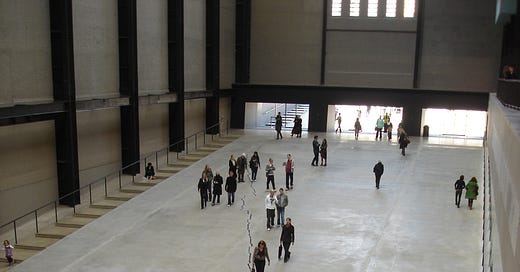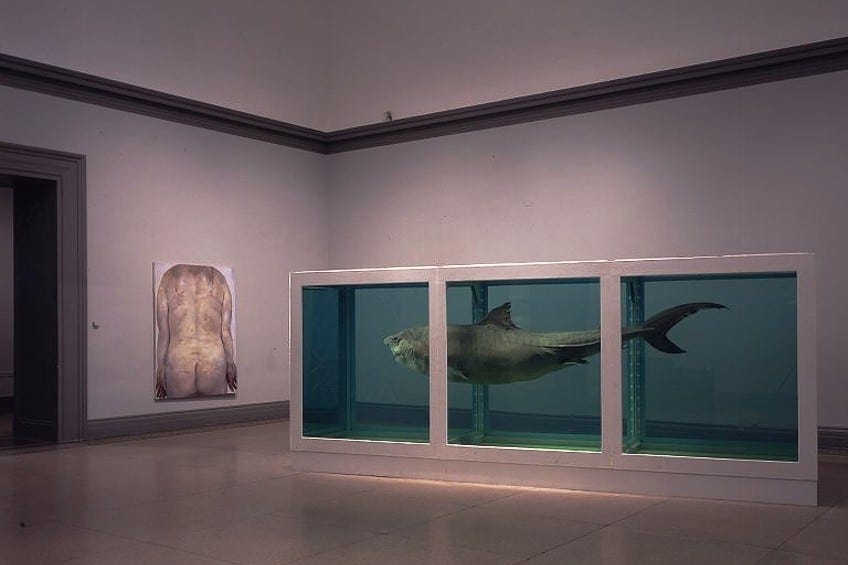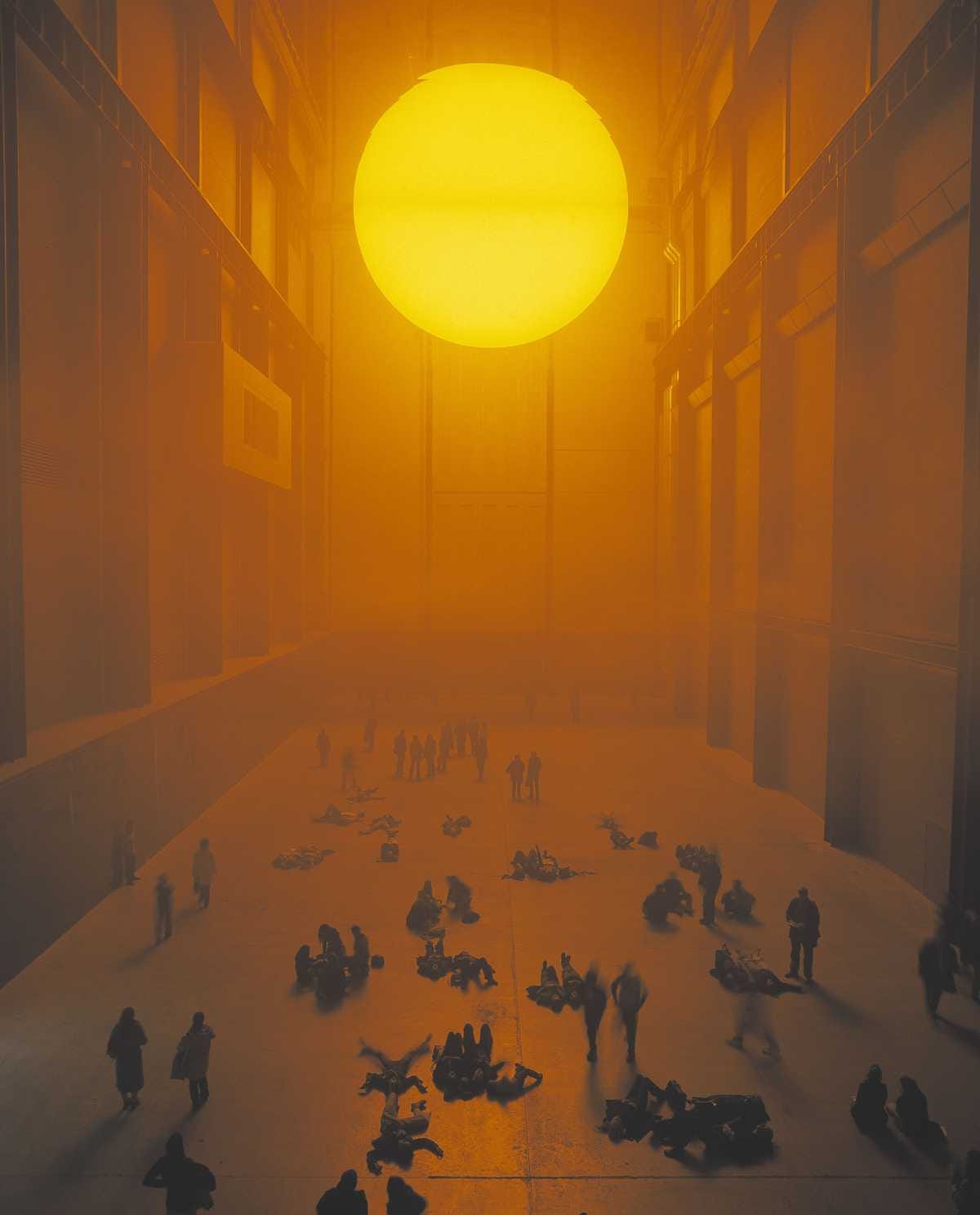In 2007, the Colombian artist Doris Salcedo cracked a floor in the Tate Modern (above). In 1972 a Hungarian-born Australian geologist attacked Mary with a hammer as she sat cradling the corpse of her son.
I have spent the past few days sitting in my grandmother’s hospital room, watching blood being drawn, watching numbers waver on a screen. I have been eating sandwiches from a cafeteria. Time has become a little wavy. Yesterday I woke up and went to the hospital. Today I woke up and went to the hospital. Tomorrow I woke up and went to the hospital.
Episode 3 of All Miracles Are Strange covers what it feels like to be in grief. What it has felt like for me to be in grief, to have it twisting around inside of me As I have looked at the stories of the saints, I have yet to find one that expresses what it feels like, what grief feels like in my body. Elizabeth of Hungary cried out in horrified pain at the loss of her husband. Elizabeth Anne Seton had her life chipped away by tuberculosis, losing person after person. Mary of Sorrows, Mary of Tears, Mary in grief. (I am thinking here: Mary and her cousin Elizabeth, St Elizabeth and St Elizabeth, my name, Elizabeth)
I reference several texts in this episode: Anne Carson’s Beauty of the Husband and Norma Jean Baker of Troy, Chimamanda Ngozi Adiche’s Notes on Grief, and A Grief Observed by C.S. Lewis. If you are looking for further reading about Doris Salcedo and her work, my favorite catalogue is Doris Salcedo: The Materiality of Mourning.
In addition to Shibboleth, I also reference two art pieces:
What I would consider to be British artist Damien Hirst’s most ubiquitous work: 1991’s The Impossibility of Death in the Mind of Someone Living (above), a tiger shark suspended in formaldehyde. This work embodies a series of fundamental questions about money in the art world, the body of the animal in the art world, and a conservatorial dilemma in bodily decay. I find it phenomenally difficult to categorize because of the commotion(s) it has caused and my general impatience with Hirst as an entity. Historically, this has been a piece of work that has lived with many tiresome and scandalized“But is it art?!” debates; here is an article that contextualizes the work a little for those unfamiliar.
I also briefly mention Olafur Eliasson’s 2003 Weather Project (below) as an example of an artist who used spectacle inside the Turbine Hall at the Tate Modern. Here is a page by the Tate that offers an introduction to Eliasson’s practice- including the piece Ice Watch which always makes me feel absolutely deranged. Other notable Turbine Hall installations include Kara Walker’s 2019 Fons Americanus and Ai Weiwei’s 2010 Sunflower Seeds.
I think when referencing or talking about grief I am supposed to discuss Joan Didion. I do not like Joan Didion, so I am talking about art and about the Bible and the way things feel in the body. I have also been meandering through Nick Cave’s most recent text Faith, Hope, and Carnage recently which has provided me with a meaningful text about how to create art in and through and despite and because of life-rending disaster.
If you have questions, comments, concerns etc. please feel free to reach out to me at allmiraclesarestrange@gmail.com. If you are interested in financially supporting my work, I have recently started a Patreon where I will feature more of my studio practice and post full transcripts of AMAS episodes. I am a little behind on things because I have been at the hospital all week.
Thank you for all your kind words so far on this project. Your support is immensely valuable to me.
- L







